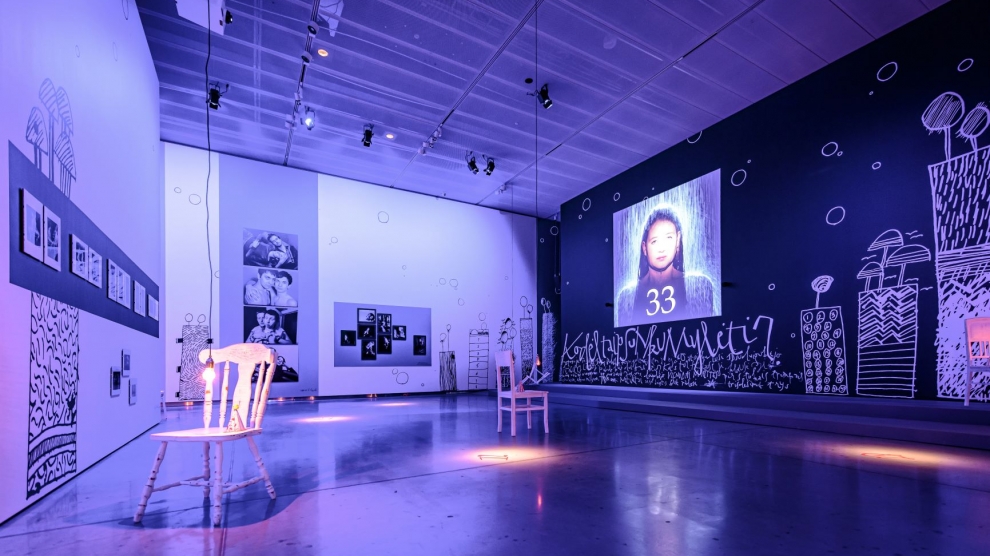The completion of the MO Modern Art Museum in the Lithuania capital Vilnius in the autumn of 2018 was one of the most eagerly-awaited cultural openings in the Baltics for many years.
Designed by Daniel Libeskind – one of the worlds’ most prominent architects and creator of the World Trade Centre master plan in New York and the Holocaust Museum in Berlin – the museum was immediately recognised by Architectural Digest as one of the world’s top five in 2019, and since then the standard of exhibitions has been as impressive as the building itself.
The latest, Why Is It Hard to Love? is curated by innovative Dutch multimedia artist and director Saskia Boddeke and one of the most original filmmakers of our times, Peter Greenaway. The exhibition becomes a work of art itself as Boddeke and Greenaway present site-specific immersive installations in relation to the highlights of Lithuanian contemporary art from the MO Museum and other collections.
“Even before the opening of museum, we had a vision to organise an exhibition curated by a theatre or film director – an artistic installation, in which the most important role would play an engaging experience and a strong powerful story,” says MO’s director, Milda Ivanauskienė. “Talking about the story, the question ‘Why is it hard to love?’ is a fundamental one, but in the context of pandemia and countries turning inwards, the events in the US and even Brexit, it reveals an extreme instant relevance.”

Why Is It Hard to Love? is a story of how we, as humans, strive for equilibrium in life by arranging the good and the bad, eliminating differences between the poor and the rich as well as the unsatisfactory inequalities between men and women, the antagonism between the young and the old, the friction between the races.
The works by some of the most prominent Lithuanian artists are also exhibited and thus a local narrative of violent historical circumstances, occupations and liberations and drastic social changes emerges.
Why Is It Hard to Love? is a very personal project for Boddeke and Greenaway, as the narrative of the exhibition is based on the poem written by Boddeke for their youngest daughter, Pip. Through this poem and its main character Susa Bubble, she tries to inform her daughter what’s happening in the world.
Boddeke and Greenaway – who is contributing with his own wall drawings in the exhibition – expresses what worries them as parents: their child having to deal with the terrifying changes that the migrant, ecological and political crises will bring. Equal rights and tolerance to one another become especially pressing issues in a world where huge groups of people—often prompted by worsening climatic conditions – leave their homes in search for a better life. Facing these changes is difficult in the current political climate where tensions between the countries are strengthening and radical right-wing movements are gaining a foothold. However, the exhibition carries a hopeful message: our struggle is exactly what gives our existence meaning.
The exhibition runs until January 31, 2021.
—
Photos courtesy Go Vilnius.
—
Unlike many news and information platforms, Emerging Europe is free to read, and always will be. There is no paywall here. We are independent, not affiliated with nor representing any political party or business organisation. We want the very best for emerging Europe, nothing more, nothing less. Your support will help us continue to spread the word about this amazing region.
You can contribute here. Thank you.



[…] Source link […]